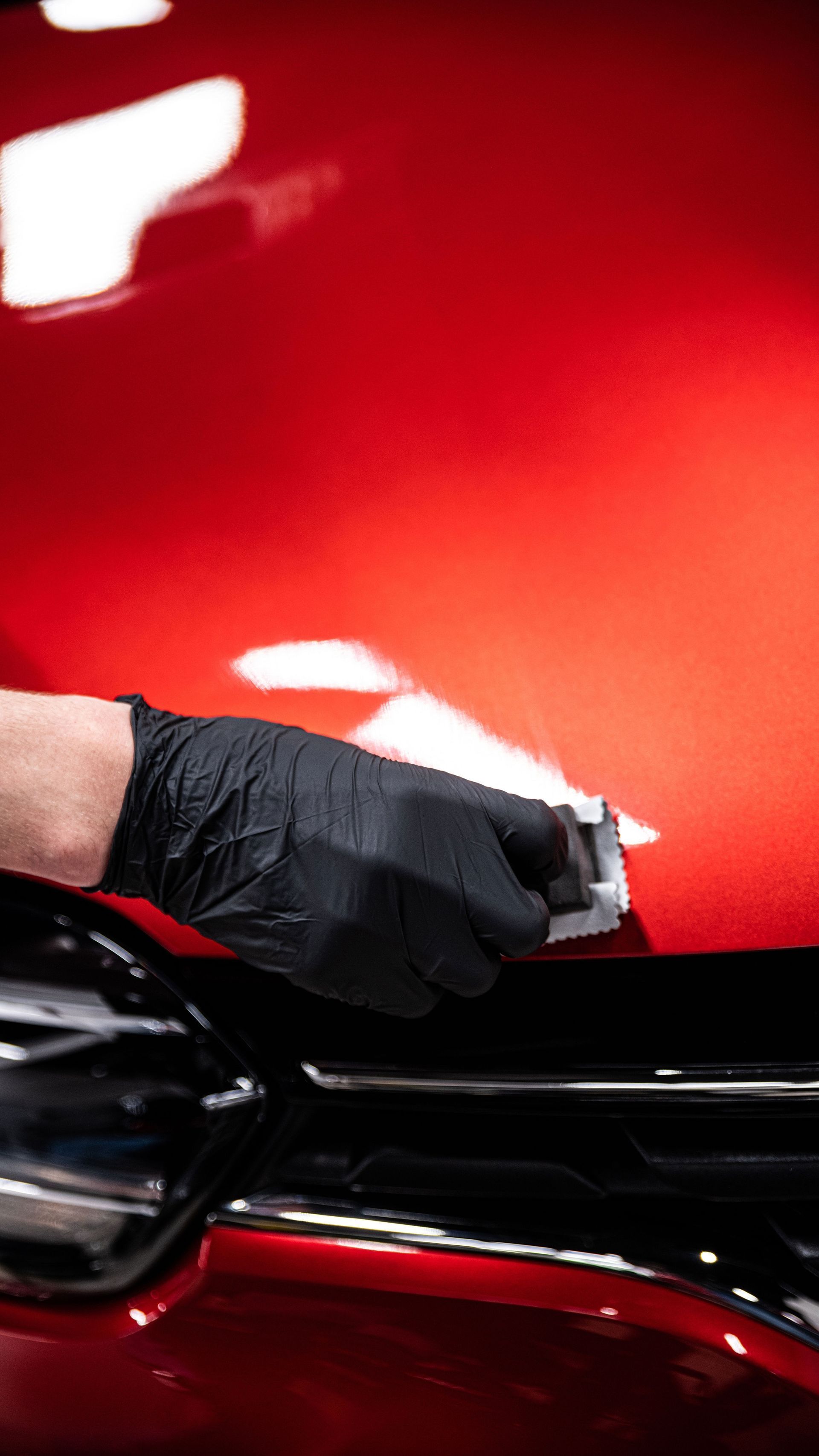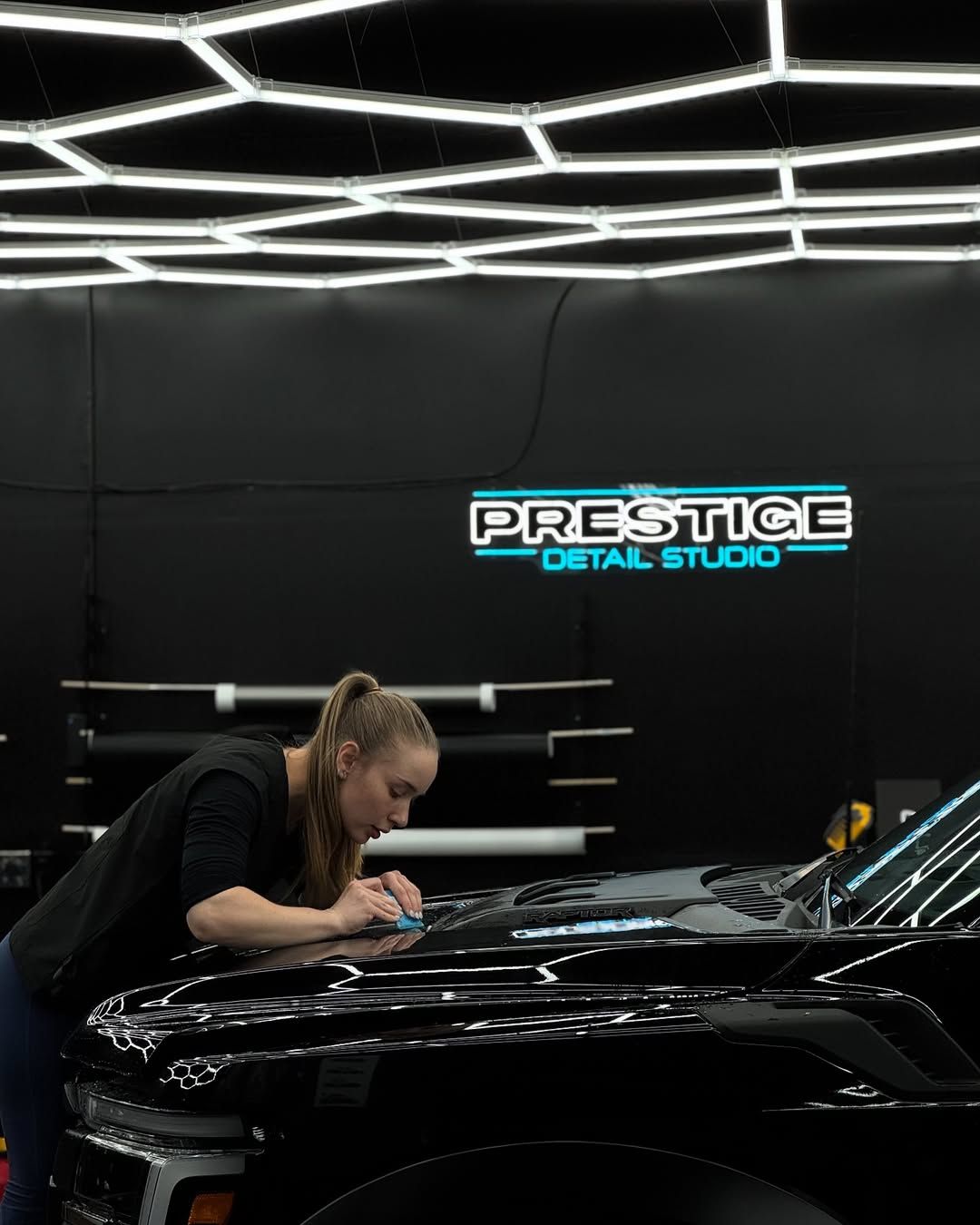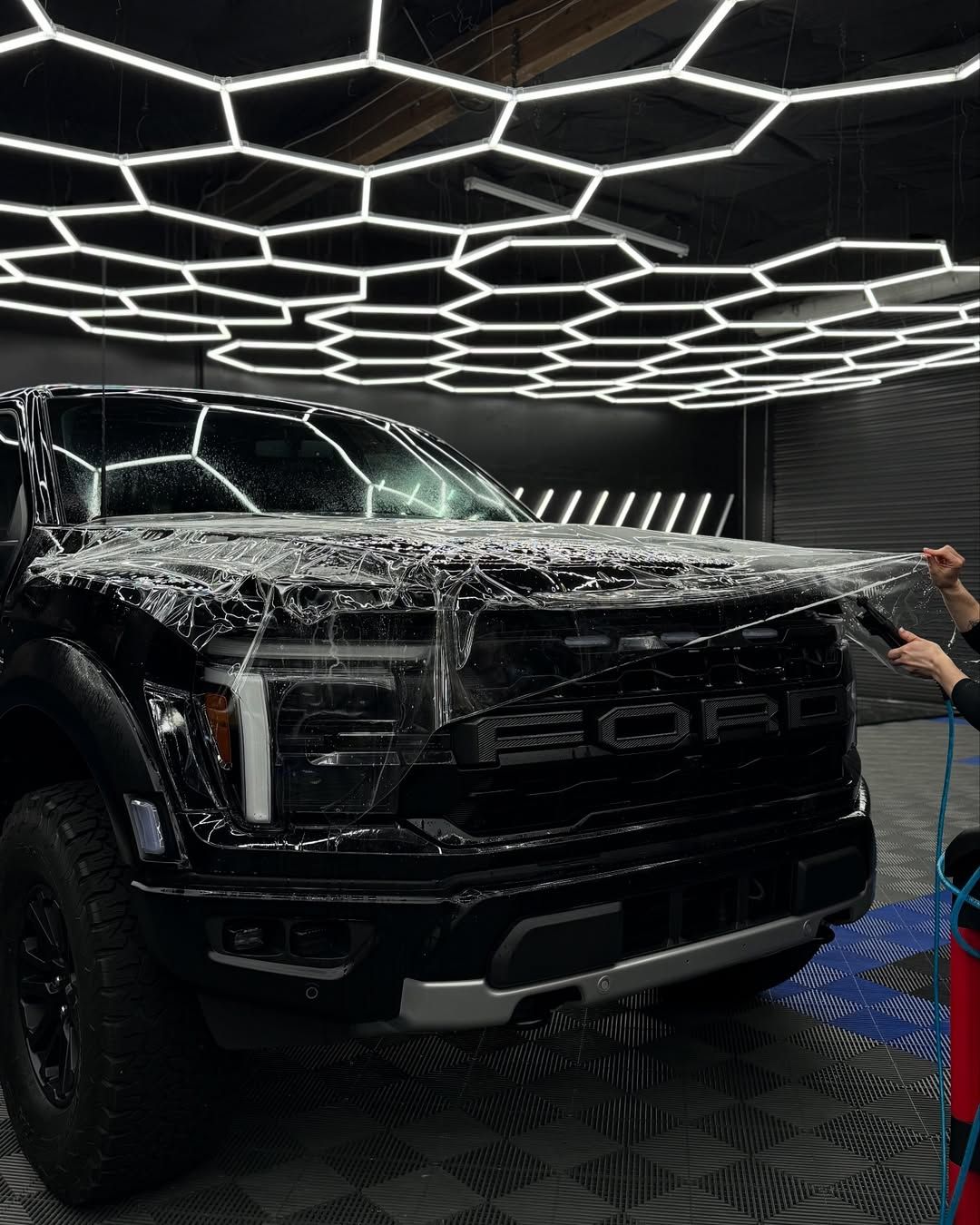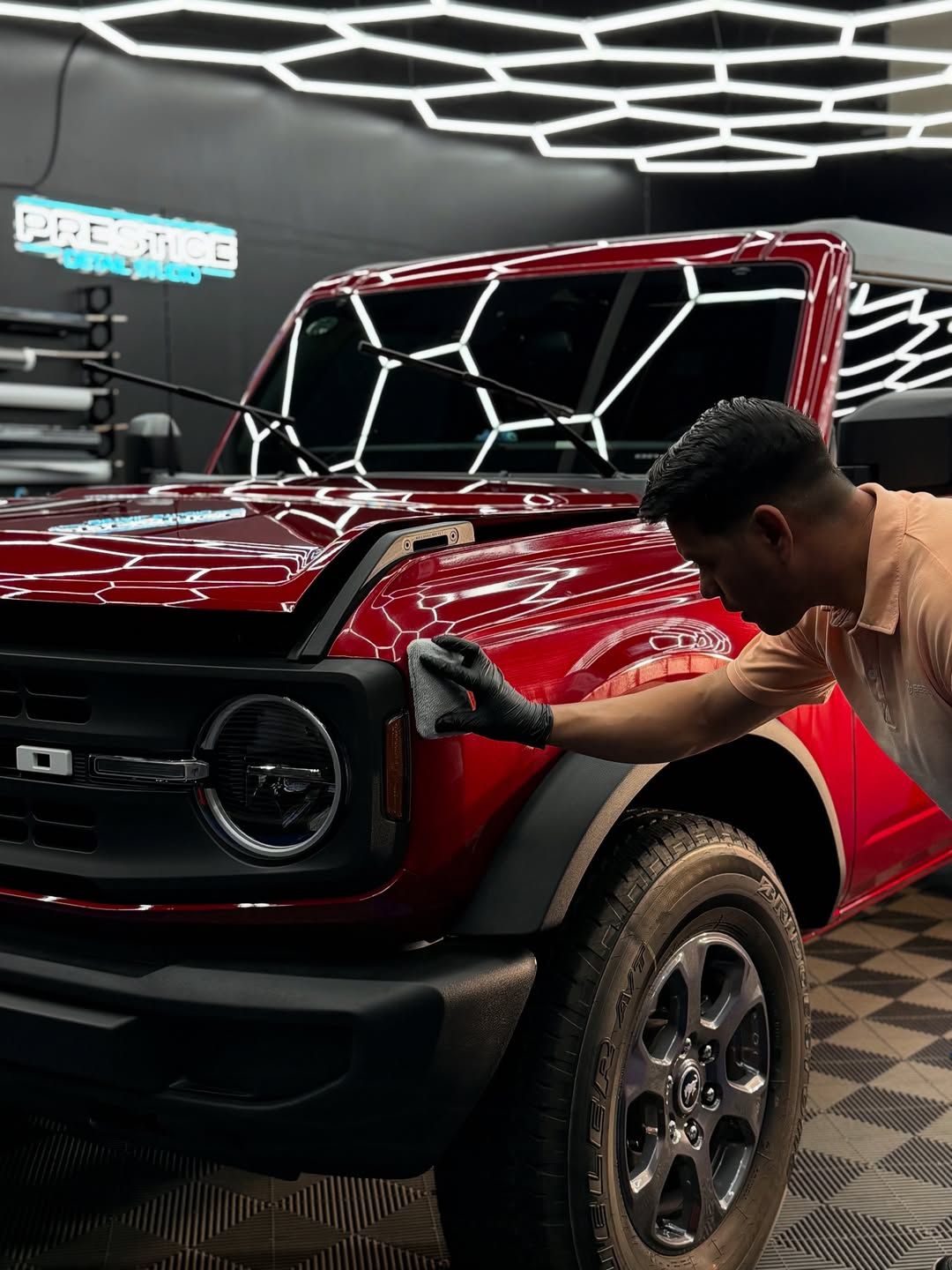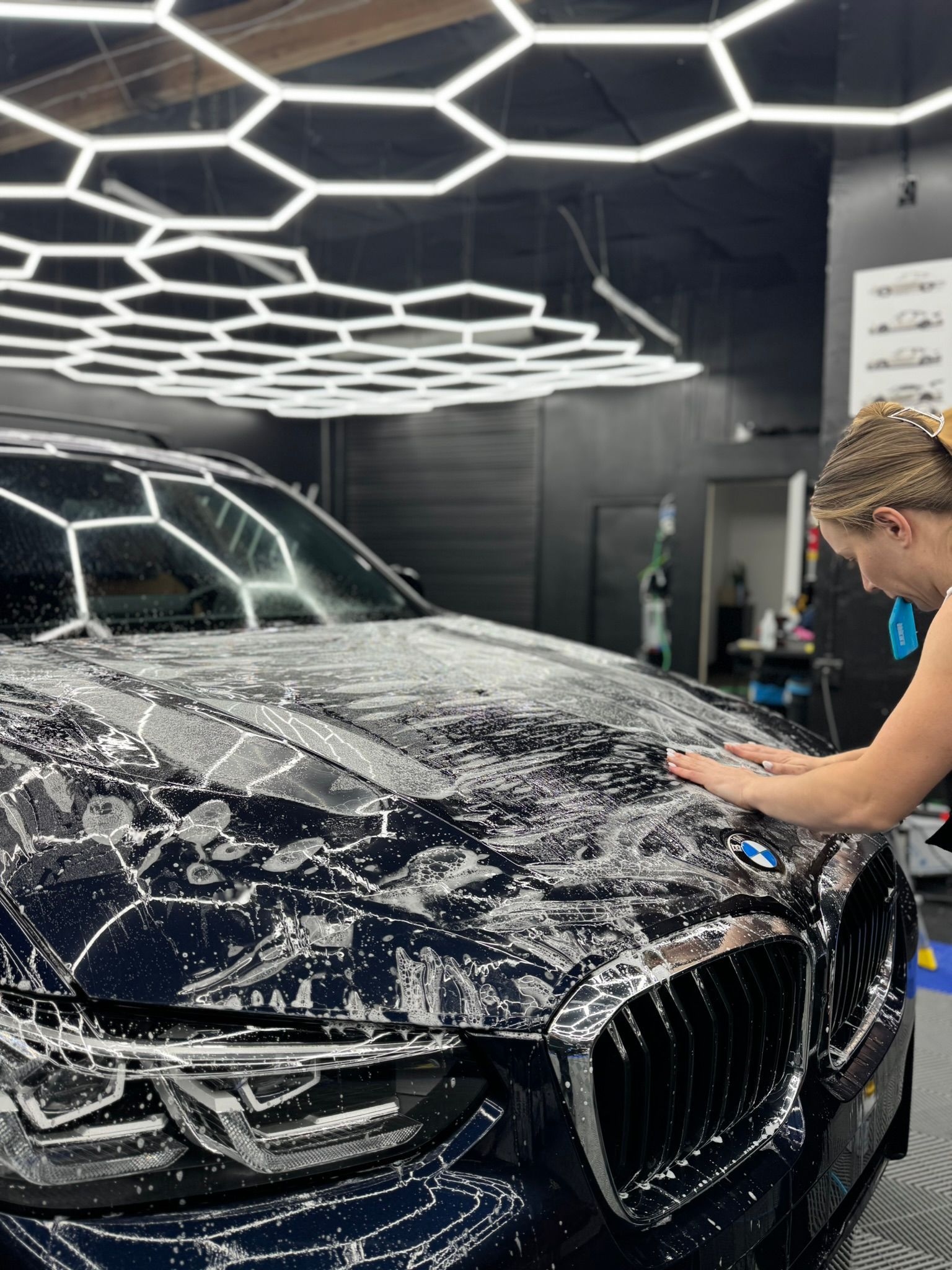Ceramic Coating vs. Wax: The Best Protection for Your Luxury Vehicle in Reno and Sparks, NV
When it comes to preserving your vehicle's pristine appearance and protecting your investment, you're faced with a crucial decision: Should you invest in a professional ceramic coating or continue maintaining it with traditional wax? This is a choice that many discerning car owners wrestle with, especially those who understand the value of premium vehicle care. As automotive protection technology has evolved, the options for safeguarding your vehicle’s finish have become increasingly sophisticated. For owners of Tesla Model 3s, Audis, BMWs, and other luxury vehicles in the Reno-Sparks area, this decision carries significant weight. Your vehicle is more than just transportation—it’s a reflection of your success, attention to detail, and commitment to quality.
On one hand, ceramic coatings offer years of shield-like protection that preserves your vehicle's value with minimal maintenance. On the other hand, traditional wax gives that classic, deep shine that transforms your car's appearance instantly, providing immediate gratification and that satisfying hands-on care experience. At
Prestige Detail Studio, we've guided hundreds of Reno and Sparks vehicle owners through this decision-making process. Our certified technicians understand that choosing the right protection method isn’t just about initial cost—it’s about long-term value, convenience, and peace of mind. Let’s explore a comprehensive comparison of these two protection methods to help you determine which one offers the best return on investment for your luxury vehicle.
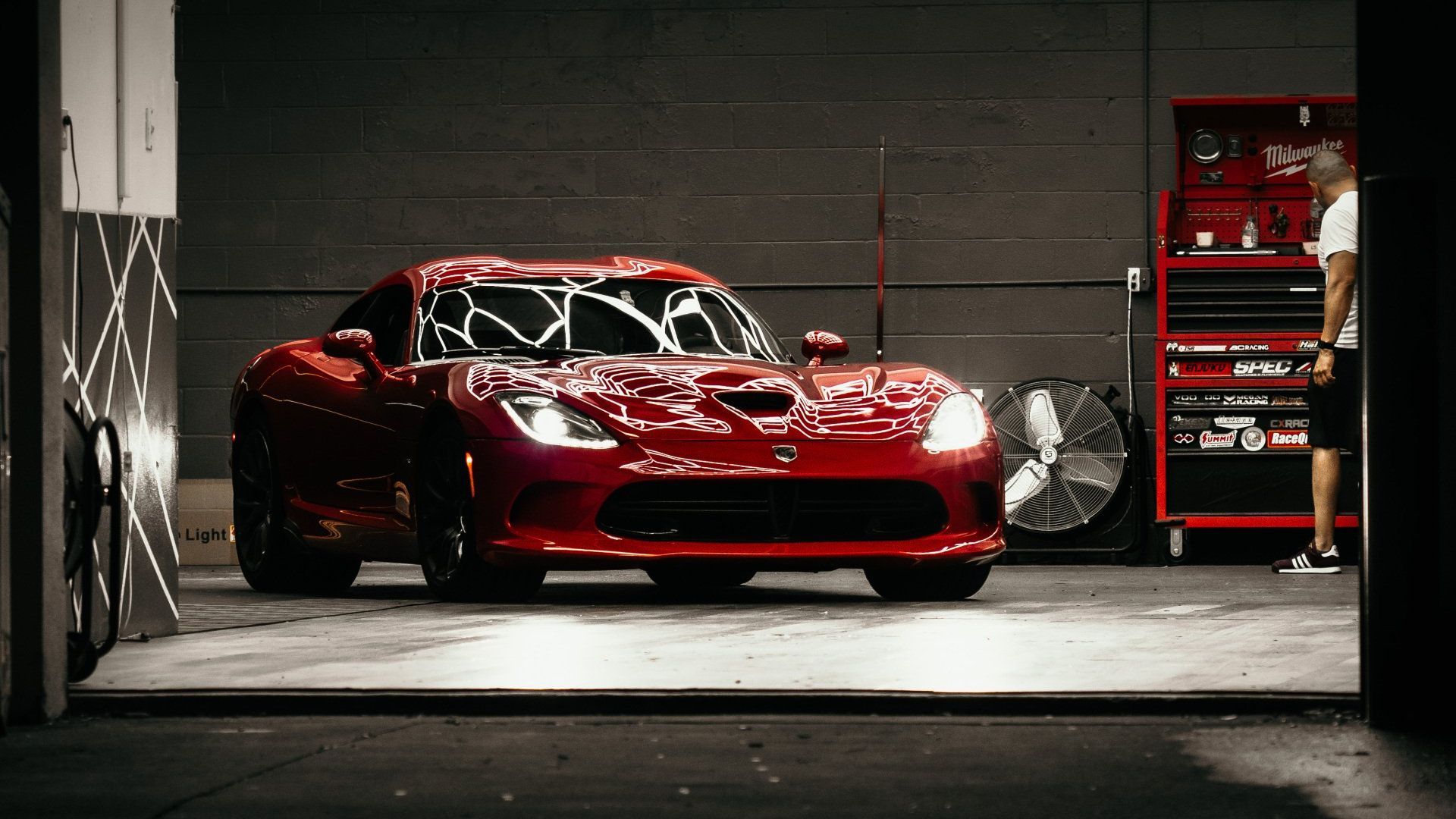
Understanding Ceramic Coatings: Advanced Chemical Protection
Ceramic coatings represent cutting-edge automotive protection technology that has revolutionized vehicle care for luxury car owners. These advanced liquid polymers—typically composed of silicon dioxide (SiO₂) or titanium dioxide (TiO₂)—chemically bond with your vehicle’s clear coat at the molecular level. This bonding process creates a semi-permanent protective layer that acts as armor against environmental threats.
Think of ceramic coatings as an invisible shield designed specifically to resist the harsh Nevada climate. From the intense UV radiation at our 4,500-foot elevation to the alkaline dust storms that sweep across the high desert, ceramic coatings provide comprehensive protection against UV damage, bird droppings, tree sap, road salt, acid rain, and the daily wear that can diminish your vehicle's appearance and resale value. Unlike traditional wax, which merely sits on top of the paint, ceramic coatings chemically bond with your vehicle’s paint surface, creating a hydrophobic barrier that repels water and contaminants.
This chemical bonding process is what sets ceramic coatings apart. The coating doesn’t just sit on your paint surface; it becomes an integral part of your vehicle’s protective system. The molecular structure creates a hydrophobic surface that repels water and contaminants while maintaining optical clarity, enhancing your paint’s depth and gloss. For busy professionals who value their time and investment, this minimal-maintenance solution is a perfect match.
Traditional Wax: Classic Surface Protection
For decades, traditional car wax has been the gold standard in automotive care. Whether it’s natural Carnauba wax derived from Brazilian palm trees or modern synthetic formulations, wax provides a protective barrier that sits on top of your paint surface, creating a sacrificial layer that absorbs environmental damage before it reaches your vehicle’s clear coat.
The appeal of wax goes beyond protection—it’s a hands-on process that many car enthusiasts find therapeutic. The ritual of waxing connects the owner with their vehicle, transforming the process into an enjoyable experience. Wax provides an immediate transformation, delivering a deep, warm glow that enhances the vehicle’s appearance and offers instant gratification that ceramic coatings can’t replicate. However, wax is essentially a temporary solution, breaking down under UV exposure, heat, and environmental contaminants, necessitating regular reapplications to maintain its effectiveness.
For busy professionals juggling demanding schedules, this ongoing maintenance requirement can become burdensome. With a typical lifespan of 2 to 3 months, wax requires consistent reapplication to continue providing adequate protection. It’s important to consider whether the time spent waxing—along with the expense of reapplication—aligns with your lifestyle, especially when compared to the low-maintenance advantages of ceramic coatings.
Ceramic Coating vs. Wax: The Comprehensive Comparison
One of the key considerations when comparing ceramic coating to wax is durability. Ceramic coatings last significantly longer than wax, often providing protection for 2 to 5 years. This long-lasting durability makes them ideal for luxury vehicle owners who want to protect their car’s finish without the hassle of frequent reapplications. In contrast, traditional wax typically lasts only 2 to 3 months, meaning it requires regular maintenance, especially in extreme environments like Nevada’s high-desert sun.
When it comes to UV protection, ceramic coatings provide excellent defense against harmful rays, preventing the oxidation process that causes paint to fade, chalk, and eventually fail. Wax, on the other hand, offers limited UV protection. While it can absorb some damage, it doesn’t provide the same level of comprehensive environmental resistance that ceramic coatings do. This is particularly important for vehicles in areas like Reno and Sparks, where UV radiation is significantly more intense due to the region's high altitude.
Another important distinction is the hydrophobic properties of ceramic coatings. These coatings create a surface with extremely low surface energy, causing water to bead and roll off the vehicle's surface. This self-cleaning effect makes it easier to maintain your vehicle, as water and dirt are naturally washed away by rain or when you drive through puddles. Waxed vehicles, in contrast, don’t have the same level of water-repelling properties. While they initially create a similar effect, the hydrophobic qualities diminish as the wax degrades, requiring reapplication to restore them.
Superior UV Protection and Environmental Resistance
Living in Nevada means facing some of the most challenging environmental conditions for vehicle care. The intense high-desert sun and fluctuating temperatures can lead to significant paint damage over time, particularly for luxury vehicles like Teslas or high-end German cars. High-quality ceramic coatings provide exceptional UV protection, preventing oxidation, fading, and chalking by absorbing and deflecting harmful rays before they can penetrate your vehicle’s paint system.
The ceramic coating’s resistance to environmental contaminants like alkaline dust, acid rain, and road salt further ensures the longevity of your vehicle’s finish. These coatings are designed to resist chemical etching, preserving your car’s appearance even in extreme weather conditions. Traditional wax doesn’t offer this level of protection. While it can block some UV rays, it’s more susceptible to breakdowns under the harsh Nevada climate.
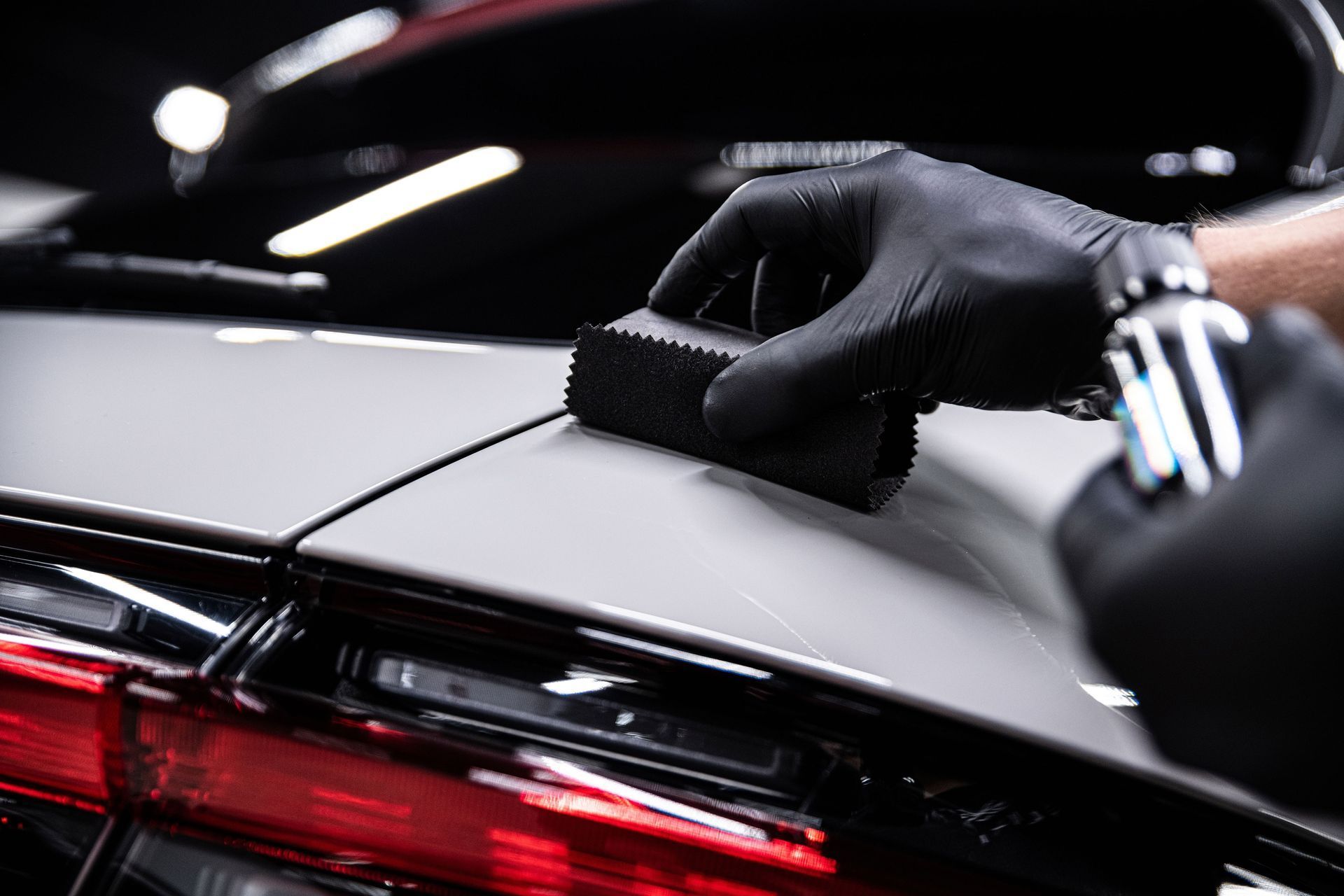
The Hydrophobic Advantage: Easier Maintenance with Ceramic Coatings
Ceramic coatings are known for their impressive hydrophobic properties, meaning they actively repel water, dust, and dirt. This is a game-changer for busy professionals who want to keep their vehicles looking pristine without spending hours washing them. The hydrophobic layer prevents water from adhering to the surface long enough for minerals and contaminants to deposit, which helps avoid water spots—a common issue in areas with hard water, such as Reno and Sparks.
Traditional wax, on the other hand, offers only moderate hydrophobic properties. While it initially creates a similar effect, the performance fades as the wax degrades. This means that waxed cars require more frequent washes and consistent maintenance to maintain their protective benefits.
Professional Ceramic Coating Application vs. DIY Waxing
Applying a ceramic coating requires precision and professional expertise. At Prestige Detail Studio, our certified technicians take meticulous care during every step of the application process. The vehicle’s surface undergoes thorough decontamination, including chemical and clay bar treatments, to ensure that all embedded particles are removed before applying the ceramic coating. Our technicians then apply the coating in a controlled environment, ensuring that it bonds properly and performs optimally.
Waxing, on the other hand, is more accessible to DIY enthusiasts. While it’s possible to wax your vehicle at home, achieving professional-level results requires skill and attention to detail. Many DIY attempts result in uneven coverage, swirl marks, and reduced durability due to improper techniques or environmental conditions. Although waxing is simpler and less expensive upfront, it doesn't offer the same level of long-term protection as a professional-grade ceramic coating.
Long-Term Value: Is Ceramic Coating Worth the Investment?
Ceramic coatings require a higher initial investment—ranging from $800 to $2,000 for professional application. However, this upfront cost is an investment that pays off over time. With a ceramic coating, you won’t need to worry about frequent waxing, saving time and money in the long run. Additionally, the coating helps maintain your vehicle’s appearance, protecting its resale value and ensuring that it stays in top condition for years to come.
When considering the total cost of ownership over five years, a single ceramic coating application can save you money by reducing the need for frequent maintenance and protecting your vehicle from expensive repairs. Traditional waxing, while initially cheaper at $20 to $50 per session, requires reapplication every 2 to 3 months, adding up to hundreds of dollars annually. Over five years, the total cost of waxing can exceed the cost of ceramic coating, not to mention the time commitment involved.
The Aesthetic Appeal: Shine and Finish
One of the standout features of ceramic coatings is their ability to create a mirror-like finish that enhances the depth and gloss of your paint. This professional-grade protection ensures that your vehicle maintains its showroom shine for years, with minimal maintenance. The ceramic coating's durable finish maintains its reflective quality, ensuring your vehicle always looks immaculate.
While wax provides a classic deep luster that many car enthusiasts appreciate, it requires frequent reapplication to maintain that finish. For those who want a long-lasting, effortless shine, ceramic coatings are the superior choice.
Conclusion: Which Protection Option is Right for You?
For discerning vehicle owners in Reno and Sparks who value long-term protection, reduced maintenance, and superior performance, ceramic coatings offer the ultimate solution. They provide unparalleled UV protection, resistance to environmental contaminants, and a high-quality finish that keeps your vehicle looking like new with minimal effort.
Traditional wax still has a place for those who enjoy the hands-on car care experience, but for those who want lasting results with less effort, ceramic coatings are the better choice. Whether you own a Tesla, BMW, or another luxury vehicle, a ceramic coating will help preserve its appearance, enhance its value, and protect your investment for years to come.
At
Prestige Detail Studio, we specialize in professional ceramic coating applications tailored to the unique needs of Nevada’s climate and our clients' demanding standards. Our certified technicians use only the highest-quality products, ensuring your vehicle receives the best protection available. Contact us today for a free consultation and personalized price estimate. Let us help you preserve your luxury vehicle’s beauty and value for years to come.

